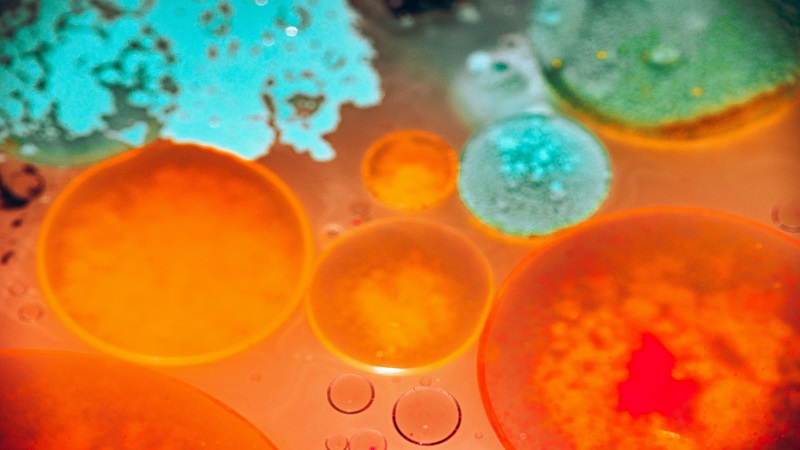Membrane proteins play a crucial role in many biological processes, including cell signaling, transport of molecules across membranes, and cell adhesion. Despite their importance, studying membrane proteins can be challenging due to their hydrophobic nature, which makes them difficult to solubilize and stabilize in aqueous solutions. One approach that has gained popularity in recent years for studying membrane proteins is the use of assembled nanodiscs.
What are Assembled Nanodiscs?
Assembled nanodiscs are nanoscale lipid bilayers surrounded by a belt of membrane scaffold protein (MSP). They are created by mixing lipids with MSP and then purifying the resulting complexes. The size of the nanodiscs can be controlled by using different lengths of MSP, allowing for the incorporation of membrane proteins of various sizes.
Advantages of Assembled Nanodiscs
Assembled nanodiscs offer several advantages for studying membrane proteins. Because they are composed of a lipid bilayer, they provide a native-like environment for membrane proteins. This allows for the study of membrane protein structure, function, and interactions in a more physiologically relevant way than traditional detergent-based methods. Additionally, nanodiscs are water soluble and can be easily handled using standard biochemical techniques.
Applications of Assembled Nanodiscs
Assembled nanodiscs have a wide range of potential applications. They can be used to study the structure and function of individual membrane proteins, as well as the interactions between multiple membrane proteins. Nanodiscs can also be used to incorporate membrane proteins into liposomes for the creation of proteoliposomes, which can be used to study membrane protein-mediated processes in a cellular context.
Challenges and Future Directions
While assembled nanodiscs are a powerful tool for studying membrane proteins, there are still several challenges that need to be addressed. One of the main challenges is the scalability of nanodisc production. Currently, nanodiscs are typically produced on a small scale, but methods need to be developed for large-scale production. Additionally, while nanodiscs provide a more native-like environment than detergents, they may not perfectly mimic the complexity of a natural cell membrane.
Despite these challenges, assembled nanodiscs hold great promise for advancing our understanding of membrane proteins. With further development and optimization, nanodiscs could become a standard tool in the field of membrane protein biology.
Conclusion
Assembled nanodiscs are a powerful tool for studying membrane proteins. They provide a native-like lipid bilayer environment for membrane proteins, allowing for the study of their structure, function, and interactions in a more physiologically relevant way than traditional methods. While there are still challenges that need to be addressed, the potential applications of nanodiscs are vast. From studying the structure and function of individual membrane proteins to creating proteoliposomes for studying membrane protein-mediated processes, nanodiscs could revolutionize the field of membrane protein biology. As methods for nanodisc production and characterization continue to evolve, we can expect to see an explosion of new insights into the biology of membrane proteins.
About the Author
Collected by Creative Biostructure, a biotechnology company that provides Assembled Nanodisc for research use. Featured products include: Mempro™ Pre-assembled Nanodisc Human MSP1D1 dH5-His with DMPC, Mempro™ Pre-assembled Nanodisc Human MSP1D1 dH5-His with DMPG, Mempro™ Pre-assembled Nanodisc Human MSP1D1 dH5-His with POPC, Mempro™ Pre-assembled Nanodisc Human MSP2N2-His with DMPC…




